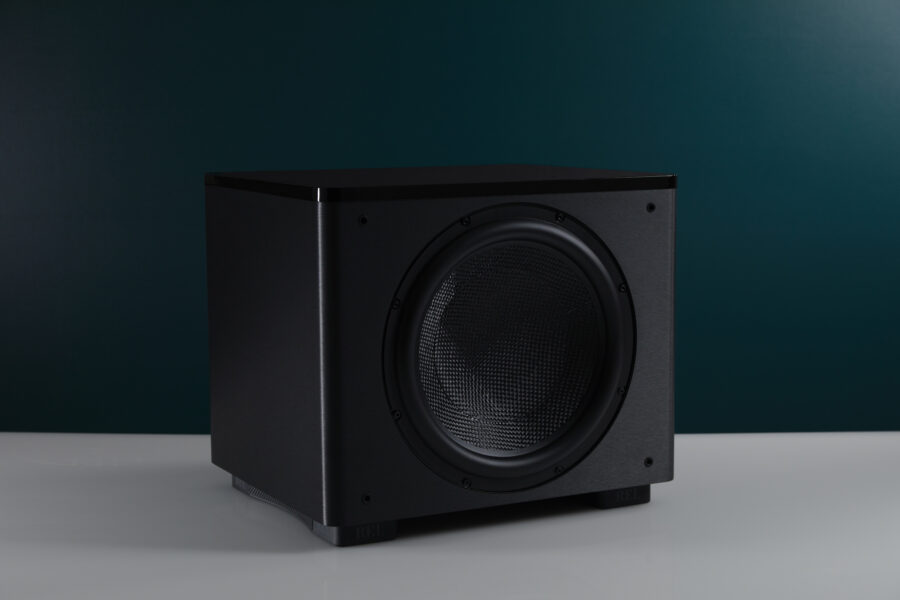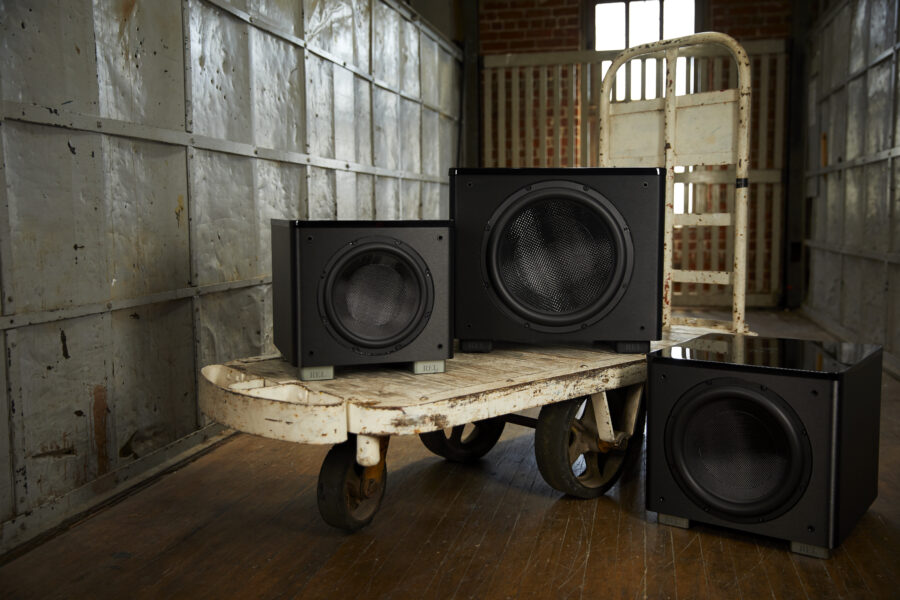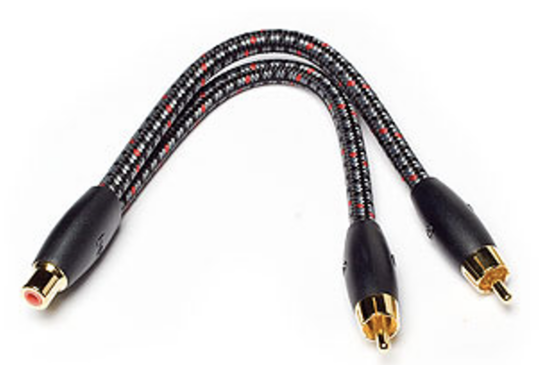Blog
REL Theatre Reference Trick for Serie HT
Theatre Reference Results on a Budget

REL’s big, expensive models feature the ability to deliver ultra-deep bass support underneath your L-R main speakers for music, theatre, and crushing .1/LFE. You see, Dolby never envisioned theatre as having severely frequency-restricted speakers, and 80 Hz fits the definition of “severely limited.”
Two decades ago, a sister company to REL investigated how best to unlock the performance potential of home theatre just as Dolby Digital really got rolling. Together, we conducted numerous tests and experiments. Fortunately, we weren’t alone. The experts at the Saul Zaentz Film Center, a legendary independent film studio, were just five blocks away and proved essential in explaining the myths surrounding how industry transfer studios workhat their goals are (delivering as much of the sonic big screen as possible to the home), and sharing how mastering in their studio, well known for superlative transfers, worked.
A simple and obvious statement: every channel should be as full-range as size and budget permits. 20 Hz from a main speaker (at something close to flat output) is unreasonable for most home theatres. Loudspeakers that can accomplish this level tend to be enormous and/or exceptionally expensive. “So,” we asked, “if 20 Hz from a center channel is unlikely or unreasonable, how deep is “deep enough?” In other words, where do we achieve the rich full balance of spoken dialogue, spatial cues that fill even large screens, and dynamics, without requiring a speaker cabinet that resembles a side-by-side refrigerator? Thus, the REL 3D was born, the least expensive method for delivering frequencies down to the mid-20 Hz region, and for a fraction of the cost and size of main loudspeakers with the same ability.. 3 RELs (L-R main support sub in front corner, center channel sub, and rear channel sub) delivered the goods then, and still do so today. With the advent of additional channels, customers have taken up the baton and applied this concept, using additional subs for 7.2/9.2/ 11.4, and the reference-level 16 and 32 channel processors found in epic home theatres.
Our secret was a circuit that I asked Richard Lord to develop back in 1996, that came to be known as REL Theatre Reference. That circuit, by dedicating a .1/LFE channel with its own gain (volume) control, separate from our High-Level circuit, permitted our High-Level circuit to be dialed in using music and dialogue for ultimate fidelity. This corresponds well to applications in center channel subwoofers, producing a richly spacious and detailed presentation without the boominess so many detest in cruder subwoofers. Then, when the lifting got heavy (as in special effects), we had a circuit that could be turned up as high as one’s system could handle, to deliver the best of both worlds. But how to deliver this for our Serie HT models, which trade in our High-Level circuit for far more power and deep bass?

RelTip: Assume for this exercise you are starting with a single REL HT Subwoofer. Connect (using RCA-RCA cables on HT/1205 MKII and HT/1003 MKII models.HT/1510 also offer XLR connectors) both low-level (RCA) Left and Right channels from your receiver or av processor to your HT’s bottom 2 RCA inputs. If you love music as well as theatre through your system, dial in your sub, setting your receiver to 2-channel mode. Here, you’ll be guaranteed a full range from your speakers. Remember to adjust the volume AND the crossover. Our crossover is always in place, unlike many subs that fix the frequency and use DSP. Don’t advance the crossover any higher than 1 o’clock (24 clicks up). Once you have music blending with REL and the speaker, you’re done with the first half.
Next, put on a blockbuster movie and plug an additional LFE cable (the total number of cables is 3) running from the Subwoofer 1 output on your receiver to one of your REL’s top RCA connectors (doesn’t matter which). Now pay close attention; using your RECEIVERS’S menu, select Setup, and make sure to select either Full Range (Anthem and NAD) or LFE+Mains (everyone else) to enable the subwoofer. Then adjust the level on the Subwoofer 1 channel settings on your receiver up or down, as needed, to achieve full output. This will take several passes.

You don’t want to damage your speakers, so start by making sure your REL is turned off, and only using your speakers. Advance your receiver’s overall loudness carefully until a blockbuster chapter that you know well is playing as loud as your speakers can handle without distorting. Leave your receiver at that volume. Do NOT touch the receiver’s remote again during the next phase. Now, please turn your HT model REL back on and, while playing the same chapter (without changing your receiver’s volume), adjust the level on your Subwoofer 1 channel until it’s either playing as loud as you can handle or until you can hear the smallest amount of strain from the sub. Stop. You’re done. Turn your receiver back down and play any movie and you’ll have incredible results.
RelTip 2: When using stereo pairs of HT MKII models, all the same applies but please purchase a Y-splitter (AudioQuest model shown) with single female to 2 male RCA. Plug both male RCAs into the lower two RCA connectors on your HT and plug the single channel (either R or L from the receiver) of your cable into the female RCA. This allows your single low-level channel to drive your REL as fully as 2 channels driving a single REL.











